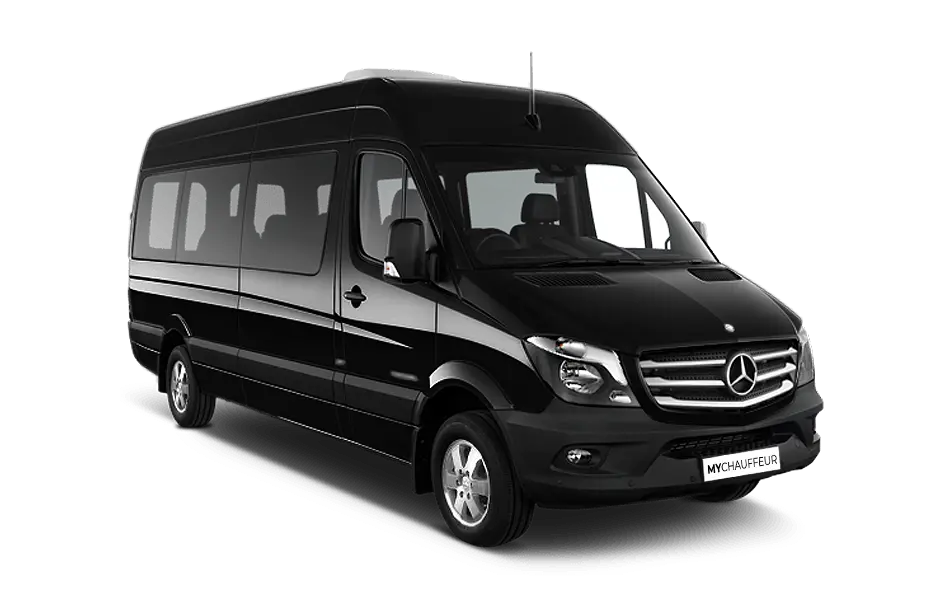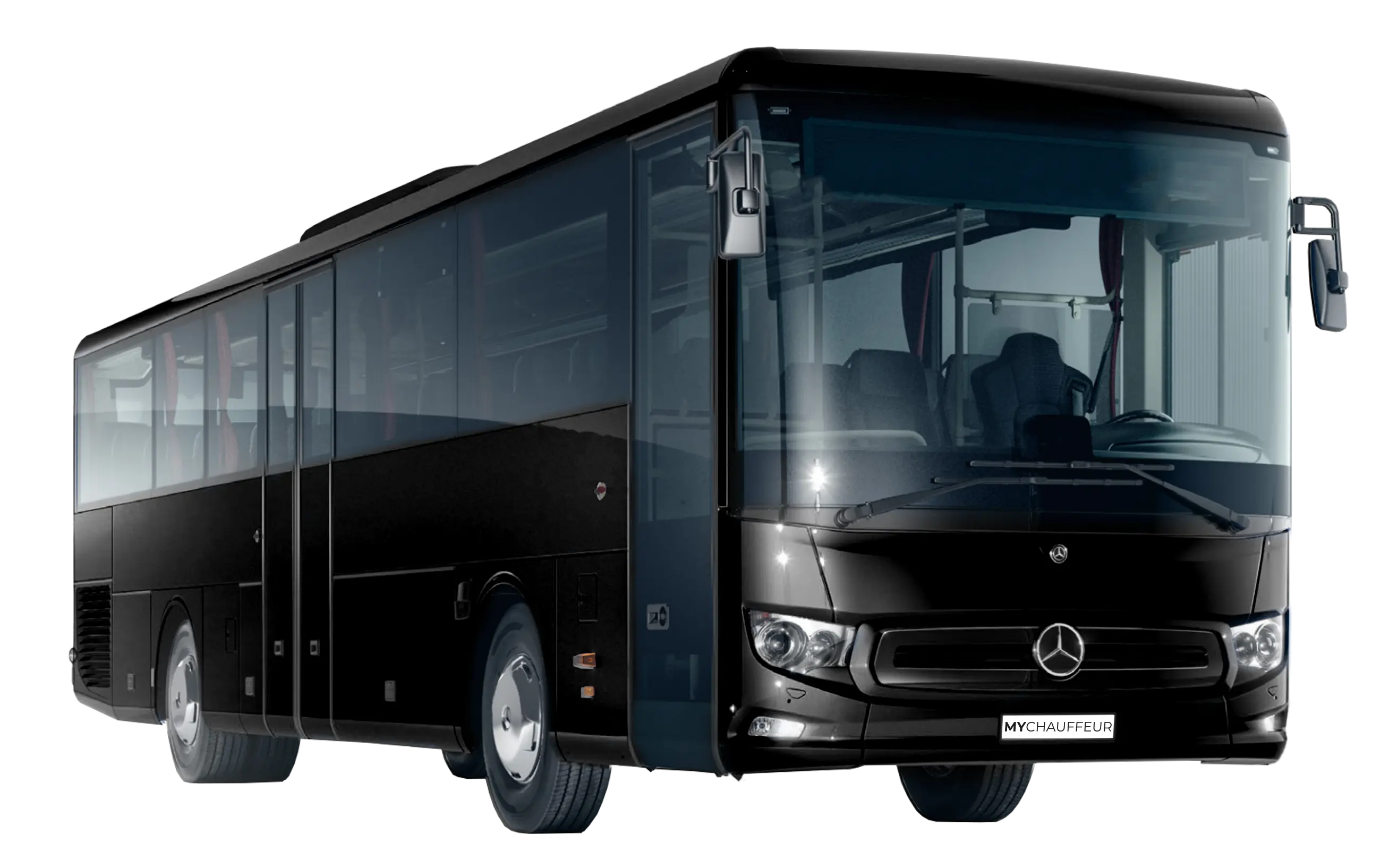The History of the ILA – International Aerospace Exhibition in Berlin

The International Aerospace Exhibition (ILA) in Berlin stands as one of the most prestigious aviation and aerospace showcases in the world. With its rich history dating back over a century, the ILA has evolved into a pivotal platform for technological innovation, international collaboration, and groundbreaking achievements in the aerospace industry. Let’s explore the incredible journey of the ILA from its humble beginnings to its present-day global significance.
What is the ILA?
The ILA, short for Internationale Luft- und Raumfahrtausstellung, is one of the world's oldest aerospace trade fairs. Hosted biennially in Berlin, it serves as a dynamic platform where industry leaders, governments, and enthusiasts converge to discuss, display, and develop the latest in aviation and space technologies.
The Origins of the ILA
1 Founding of the ILA: Early Years (1909–1914)
The ILA was inaugurated in 1909 as part of the German Aviation Exhibition in Frankfurt. It was a pioneering event that marked a new era in aviation history. Organized at a time when powered flight was still a marvel, the exhibition attracted global attention.
2 First ILA Exhibition: A Milestone for Aviation
The inaugural ILA showcased innovative aircraft designs, attracting visionaries and inventors from around the world. It symbolized humanity’s aspirations for conquering the skies, laying the foundation for a recurring event that would become a cornerstone in aerospace history.
3 ILA in the Cold War Era
The Role of ILA During East and West Germany Divide
Amidst the geopolitical tensions of the Cold War, the ILA became a neutral ground for showcasing aerospace innovations. It fostered dialogue between East and West, emphasizing the role of aviation in bridging divides.
Promoting Technological Cooperation in the 20th Century
During the 1970s and 1980s, the ILA featured cooperative ventures between nations, showcasing advancements like the Concorde and fostering dialogue between competing blocs.
4 The Growth of Global Influence: 1970s - 1990s
As the global aerospace industry grew in the 1970s, so did the ILA’s international reach. During this period, the event expanded to include major aerospace companies from around the world, and the exhibition became a platform for the latest technological innovations in both aviation and space exploration.
The 1990s were a time of significant change for the ILA. Following the reunification of Germany in 1990, the event shifted its location and scale to reflect the changing landscape of the country and the global aerospace sector. The Berlin Air Show became more inclusive, attracting exhibitors and visitors from all corners of the globe.
5 The Modern Era: 2000s - Present
In the 2000s, the ILA transformed into an event that seamlessly combined both aviation and space technologies, cementing its place as a global leader in aerospace exhibitions. Held biennially, the event now attracts thousands of exhibitors and tens of thousands of visitors, with a primary focus on both the civil and defense sectors of aviation, as well as the rapidly advancing space industry.
One of the highlights of recent ILA exhibitions has been the showcasing of cutting-edge technologies such as electric and hybrid aircraft, drones, and advanced satellite systems. The ILA is now more than just an exhibition; it has evolved into a forum for discussing the future of aerospace, with topics such as sustainability, urban air mobility, and the exploration of Mars taking center stage.
The ILA’s long-standing tradition of showcasing military innovations continues, but it is now equally focused on the civilian aerospace market, highlighting the latest developments in airliners, helicopters, and space exploration technology. The event's international reputation attracts industry professionals, government representatives, and aerospace enthusiasts, creating a unique environment for networking, collaboration, and innovation.
6 The ILA Today
The ILA continues to be held in Berlin, often at the Berlin ExpoCenter Airport, near the Berlin Brandenburg Airport. Today, it serves as a hub for industry discussions on cutting-edge innovations in aviation and space travel, with an emphasis on sustainability, urban mobility, and advanced aerospace technologies. With more than 1,000 exhibitors from around the world, it stands as one of the largest aerospace exhibitions globally, drawing attention from key players in the industry, including manufacturers, suppliers, and researchers.
In addition to the exhibitions and displays, the ILA hosts a series of conferences, forums, and debates, tackling both technical and regulatory challenges within the aerospace industry. It's also an opportunity for businesses to showcase their latest products and services to a global audience, ensuring that the ILA remains an important milestone in the calendar of aerospace events.
Sustainability and Innovation at ILA 2024
ILA 2024 places a strong emphasis on sustainability and groundbreaking innovation in aerospace technology. Leading manufacturers, including Airbus and Boeing, unveiled their latest advancements in eco-friendly aviation solutions. Key highlights included next-generation aircraft designed for improved fuel efficiency, the use of sustainable aviation fuels (SAF), and the continued development of hydrogen-powered and fully electric aircraft.
This year’s exhibition also featured futuristic concepts in urban air mobility, autonomous drones, and energy-efficient satellite systems. Through a series of forums and panel discussions, industry experts explored strategies for achieving carbon neutrality in aviation and the role of international cooperation in addressing climate challenges. ILA 2024 reaffirms its status as a global hub for driving sustainable innovation and shaping the future of aerospace.
Business Deals and Strategic Partnerships at ILA 2024
A key highlight of ILA 2024 is the announcement of significant business deals, partnerships, and strategic agreements. This year, leading aerospace manufacturers and airlines finalized major contracts, reinforcing the event's role as a premier marketplace for the industry. For instance, Airbus secured orders and commitments for over 500 aircraft, including next-generation sustainable models aimed at reducing carbon emissions. A major leasing company placed a substantial order for A321XLR jets, and several airlines committed to the highly efficient A220 series, reflecting the growing demand for greener aviation solutions.
ILA 2024 also witnessed groundbreaking collaborations between nations and aerospace organizations. Agreements were signed focusing on cutting-edge aerospace research, space exploration initiatives, and advanced defense systems. German companies partnered with international firms to develop innovative technologies in electric aviation, unmanned aerial vehicles, and satellite communication systems. These partnerships emphasize ILA’s influence in fostering global cooperation and driving technological advancements that shape the future of aerospace.
Defense Aviation at ILA 2024
ILA 2024 continues its strong tradition of highlighting advancements in defense aviation, serving as a vital platform for showcasing cutting-edge military aircraft and technologies. This year’s event featured dynamic displays and demonstrations, including the latest-generation fighter jets, unmanned aerial systems, and advanced missile defense solutions. Among the highlights was the Eurofighter Typhoon equipped with next-generation capabilities, while Lockheed Martin presented updates on the F-35, emphasizing enhanced stealth, speed, and multi-role combat readiness.
Defense-focused exhibits also spotlighted innovations in cyber defense, tactical communications, and autonomous systems. Interactive panels and discussions brought together military leaders, policymakers, and defense industry experts to explore strategic defense initiatives and collaborative frameworks shaping global security. ILA 2024 reaffirms its position as a premier platform for defense aviation and international security innovation.
Career
ILA is known not only for its role in selling and showcasing aircraft but also as a center for education and career development. It offers forums, workshops, and career events aimed at young people aspiring to a career in aerospace. These educational initiatives are a central part of ILA and help to inspire and educate the next generation of engineers, pilots, and scientists.
Global Significance
Overall, ILA has cemented its position as one of the leading aerospace trade shows through continuous innovation and by creating platforms for business deals and international collaboration. Its history and the successes achieved at the show are a testament to its continued importance to the global aerospace community.
From its humble beginnings in the early 20th century to its current status as one of the most influential aerospace exhibitions in the world, the ILA has witnessed remarkable changes in the aviation and space industries. Today, it continues to provide a dynamic platform for showcasing the latest innovations, fostering collaboration, and inspiring the next generation of aerospace pioneers. With its rich history and forward-looking focus, the ILA remains a key event for anyone with an interest in the future of aviation and space exploration.
Discover the Best Places to Stay in Miami, Florida
November 7, 2025
21 of the Most Beautiful Winter Destinations in the World
November 7, 2025
Chauffeur Service from Dubai to Abu Dhabi Made Easy
October 22, 2025
Berlin to Potsdam Transfers: Comfort Meets Convenience
October 21, 2025








